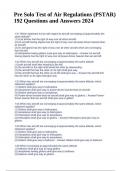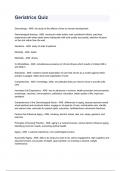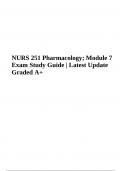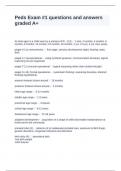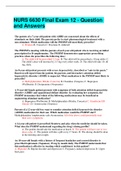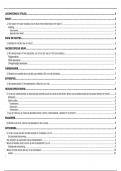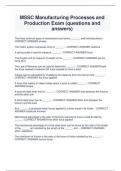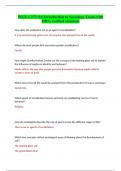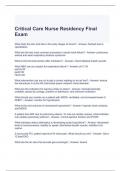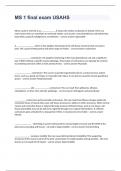Exam (elaborations)
Pre Solo Test of Air Regulations (PSTAR) 192 Questions and Answers 2024.
- Module
- Institution
Pre Solo Test of Air Regulations (PSTAR) 192 Questions and Answers 2024. 1.01 Which statement is true with regard to aircraft converging at approximately the same altitude? (1) A jet airliner has the right of way over all other aircraft. (2) An aircraft towing objects has the right of way ove...
[Show more]
